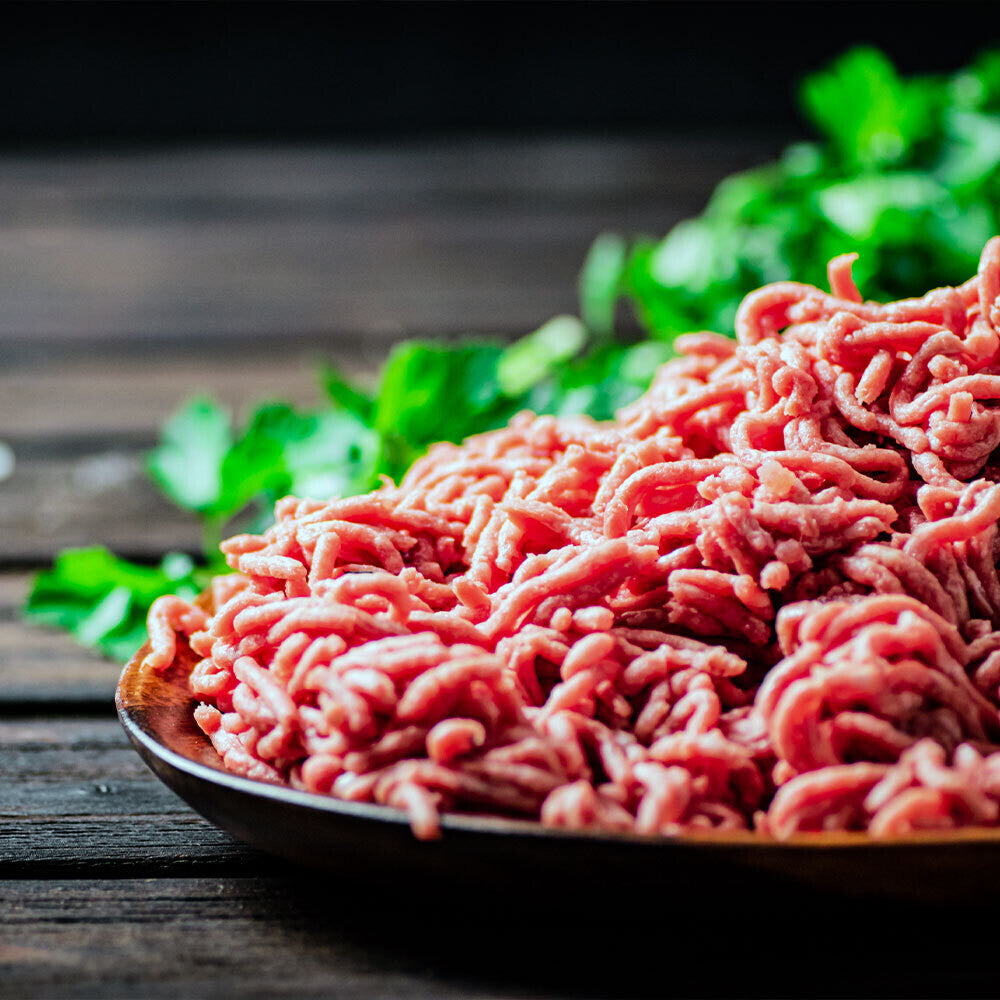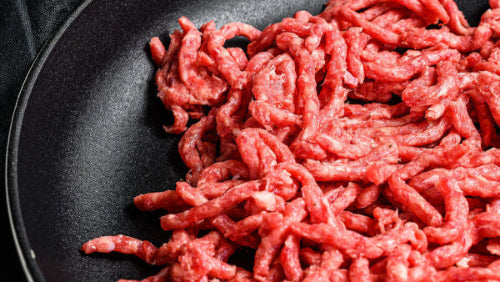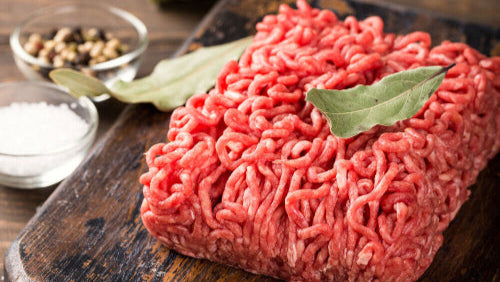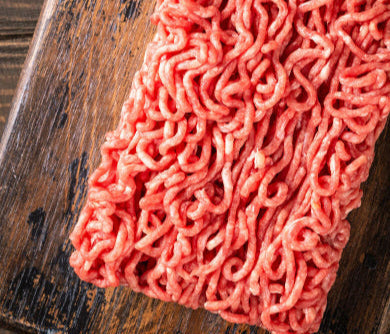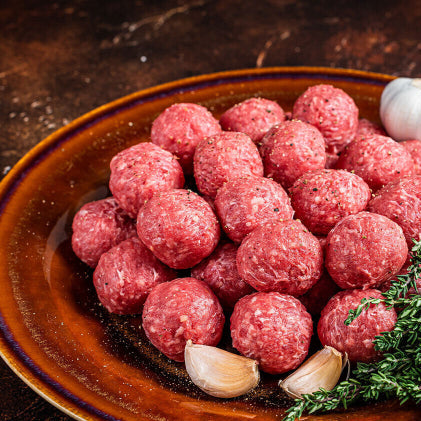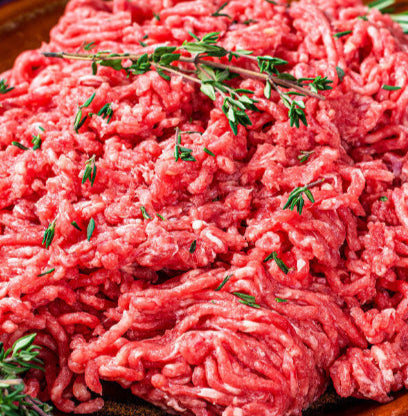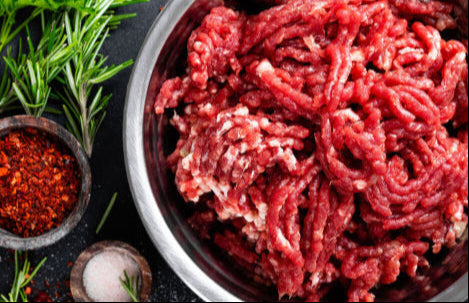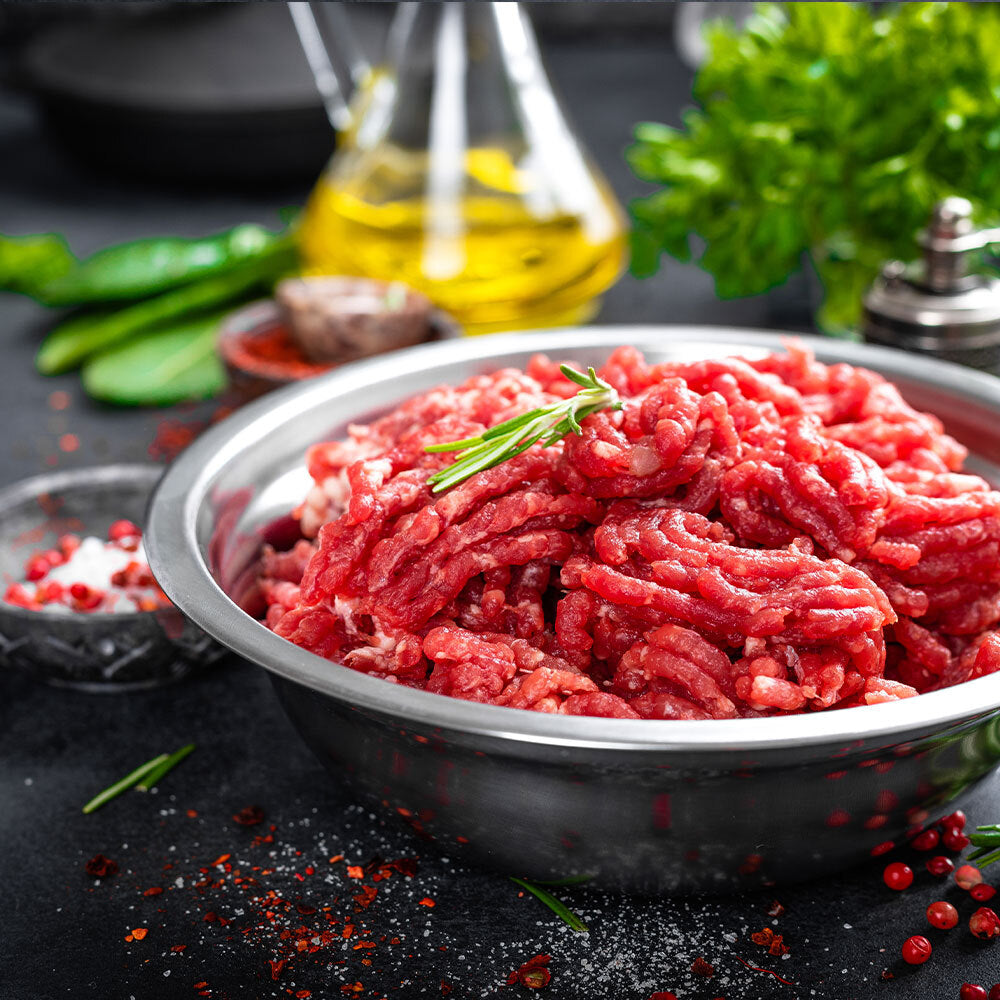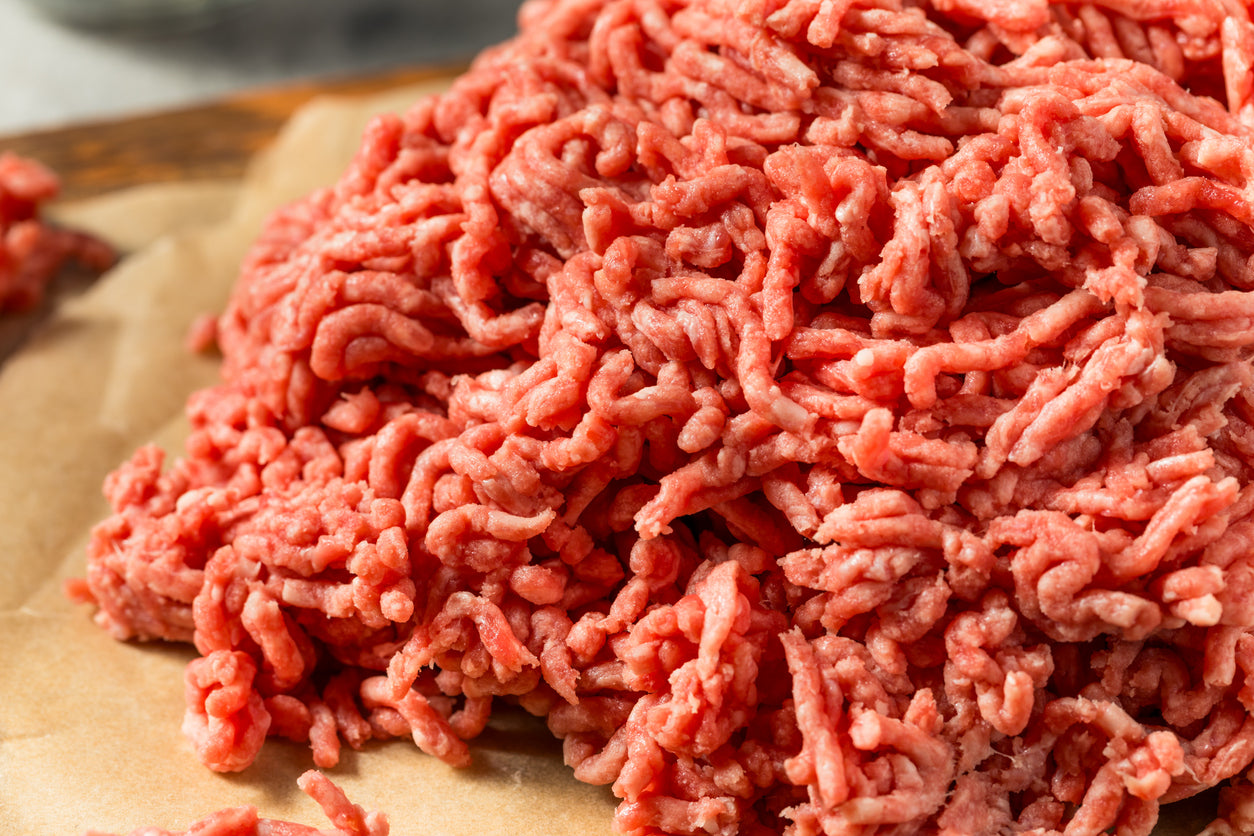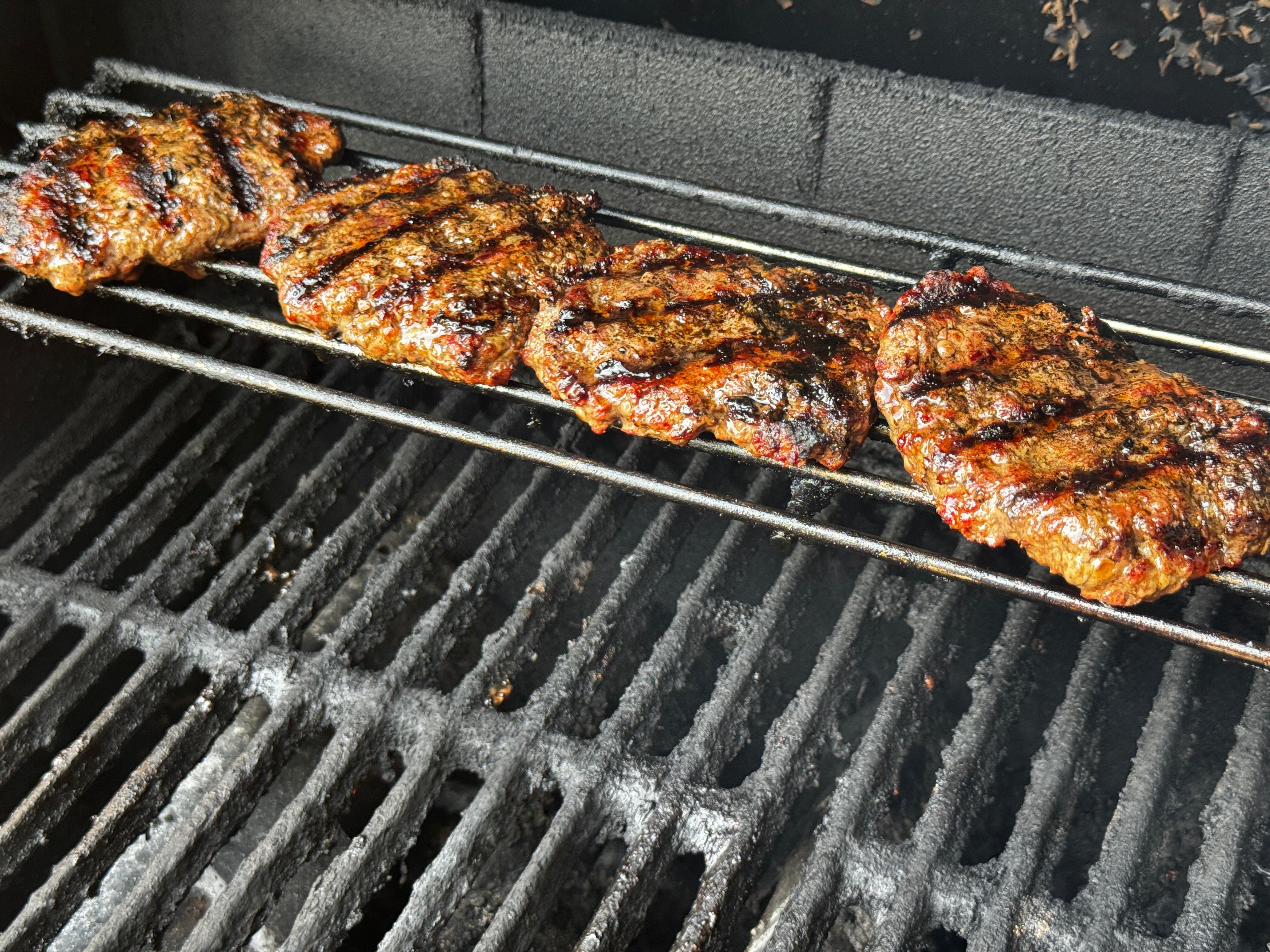
My Simple Guide to Cooking Grass-Fed New York Strip Steaks
Cooking Grass-Fed New York Strip Steaks: A Guide to Getting the Best Results
The New York Strip Steak is my personal favorite, especially as I've been focusing on increasing my protein intake now that I'm 64. I eat these steaks a few times a week, and I've found some methods that make all the difference in getting them just right.Dry-Brine: The Game Changer
The first piece of advice I always give—and something I do religiously—is to dry-brine your steaks. This method has been a game changer for me. It’s incredibly simple and can solve many common issues people have with grass-finished beef. I keep a ziplock bag of dry-brining steaks in my refrigerator pretty much all the time. If you're interested, I’ve shared my dry-brining method on the blog; you can check it out here.Understanding the Fat Profile
 Tyner Pond farm Grass Finished Beef
One key thing to remember is that grass-finished beef has a much different fat profile than grain-finished beef. The fat in grass-finished meat has a lower melting point because it contains more unsaturated fats. This means it begins to render and melt at lower temperatures. As a result, when cooking grass-finished beef, it's important to use lower temperatures to prevent the fat from melting out too quickly. If the meat is cooked at too high a temperature, the fat can render out, leaving the steak dry.
On the other hand, grain-finished beef has a higher proportion of saturated fats, which have a higher melting point. This makes the fat firmer and more forgiving during cooking, as it can withstand higher temperatures without melting out as quickly. This difference often results in grain-finished meat retaining more moisture, even at higher temperatures.
To keep your grass-finished beef tender and juicy, I recommend cooking it at lower temperatures. This helps the fat stay in the meat, preventing it from drying out.
Tyner Pond farm Grass Finished Beef
One key thing to remember is that grass-finished beef has a much different fat profile than grain-finished beef. The fat in grass-finished meat has a lower melting point because it contains more unsaturated fats. This means it begins to render and melt at lower temperatures. As a result, when cooking grass-finished beef, it's important to use lower temperatures to prevent the fat from melting out too quickly. If the meat is cooked at too high a temperature, the fat can render out, leaving the steak dry.
On the other hand, grain-finished beef has a higher proportion of saturated fats, which have a higher melting point. This makes the fat firmer and more forgiving during cooking, as it can withstand higher temperatures without melting out as quickly. This difference often results in grain-finished meat retaining more moisture, even at higher temperatures.
To keep your grass-finished beef tender and juicy, I recommend cooking it at lower temperatures. This helps the fat stay in the meat, preventing it from drying out.
My Grilling Method
 TPF Grassfed Steaks on the upper shelf
I'll share how I cook my steaks on a Weber gas grill. I start by getting the grill as hot as possible and putting the steaks on for a quick sear. After searing one side, I turn the heat down to medium and sear the other side—usually about 5 minutes on one side and 3-4 on the other. Once both sides are seared, I move the steaks to the upper shelf of the grill and turn the heat down to low. I aim to keep the grill temperature between 325-350°F.
I use a meat thermometer to cook the steak to about 130°F, which gives me a perfect medium-rare after resting. Once done, I wrap the steaks in foil or butcher paper and let them rest for about 10 minutes.
TPF Grassfed Steaks on the upper shelf
I'll share how I cook my steaks on a Weber gas grill. I start by getting the grill as hot as possible and putting the steaks on for a quick sear. After searing one side, I turn the heat down to medium and sear the other side—usually about 5 minutes on one side and 3-4 on the other. Once both sides are seared, I move the steaks to the upper shelf of the grill and turn the heat down to low. I aim to keep the grill temperature between 325-350°F.
I use a meat thermometer to cook the steak to about 130°F, which gives me a perfect medium-rare after resting. Once done, I wrap the steaks in foil or butcher paper and let them rest for about 10 minutes.
A Few Additional Tips
Grass-finished steaks will have more chew than a typical industrial steak, but they shouldn't be tough. What you're experiencing is the steak's nutritional density. There's an interesting segment in the book Ultra Processed People that discusses how the industrial food system manipulates softness or tenderness to get us to consume more. I've found that while I rarely finish one of our steaks, I can easily polish off a 16oz New York Strip at a steakhouse in no time. The difference? Those are often empty calories. Another tip: I’ve stopped using serrated knives and instead use a very sharp smooth knife. It’s best to cut the steak into thin strips before serving. Since I follow a keto diet, I like to add a pat of grass-fed butter on top as well. If you're looking for a really good crust, I suggest pan-searing your steaks. In butter or tallow, quickly sear both sides in a hot cast iron or similar pan, then move the entire pan to a 325°F oven for about 10 minutes. Again, use your thermometer to reach about 130°F, then wrap in foil and let it rest. Tyner Pond Farm Grassfed Steaks
Tyner Pond Farm Grassfed Steaks
Final Thoughts
It might sound like a lot of steps, but once you're used to it, it really becomes a simple rhythm. Cooking grass-finished beef is an investment in your health, and it deserves a little extra care. I hope these tips help you get the most out of your steaks. Please keep me posted on how it goes!
Previous post
Fresh vs. Frozen Beef: Facts Over Myths
Next post









